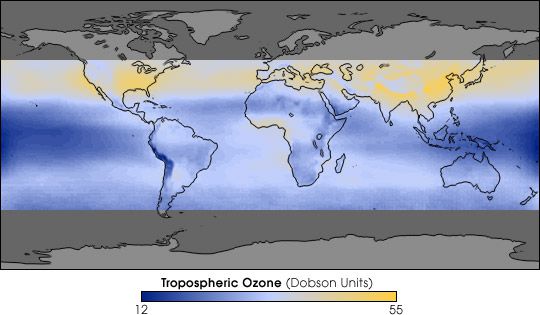-
 Homeotic gene
Homeotic gene
-
 Deep convection
Deep convection
-
 Vickers hardness index
Vickers hardness index
-
 Gametogenesis
Gametogenesis
-
 Joist
Joist
-
 Soyuz-Ikar
Soyuz-Ikar
-
 Botnet
Botnet
-
 DNA
DNA
-
 Wakefield
Wakefield
-
 Prosodia
Prosodia
-
 Mendeleev's table
Mendeleev's table
-
 Monterey cypress
Monterey cypress
-
 Allosteric effector
Allosteric effector
-
 DECT
DECT
-
 Meson
Meson
-
 Hyaloclastites
Hyaloclastites
-
 Stirling formula
Stirling formula
-
 RPG
RPG
-
 Pussy willow
Pussy willow
-
 Koch Bacillus
Koch Bacillus
-
 Choroid
Choroid
-
 Amoebicide
Amoebicide
-
 Condyloma
Condyloma
-
 Immunotherapy
Immunotherapy
-
 Cotyledon
Cotyledon
-
 Triple DES
Triple DES
-
 Dehnel phenomenon
Dehnel phenomenon
-
 Jitter
Jitter
-
 Hour circle of a direction
Hour circle of a direction
-
 Spinplasmonics
Spinplasmonics
Photochemical pollution
Photochemical pollution, also called photo-oxidant pollution, is caused by the transformation of primary pollutants, chemical precursors, into oxidant forms when exposed to sunlight.
After exposure to ultraviolet rays, photochemical reactions transform nitrogen oxides (NOx) and volatile organic compounds (VOC) into tropospheric ozone (O3) and other oxidant compounds (aldehydes, hydrogen peroxide, etc.)
Photochemical pollution is therefore responsible for ozone peaks and their harmful effects on human populations as well as plants. Moreover, oxidant forms also cause the acidification of soil and water.
 Cartography of the tropospheric ozone, a source of photochemical pollution, in August from 1979 to 2000. The blue areas indicate a decrease in levels, the yellow areas indicate an increase in levels. © Jack Fishman / Nasa Langley Research Center
Cartography of the tropospheric ozone, a source of photochemical pollution, in August from 1979 to 2000. The blue areas indicate a decrease in levels, the yellow areas indicate an increase in levels. © Jack Fishman / Nasa Langley Research Center
Latest
Fill out my online form.



